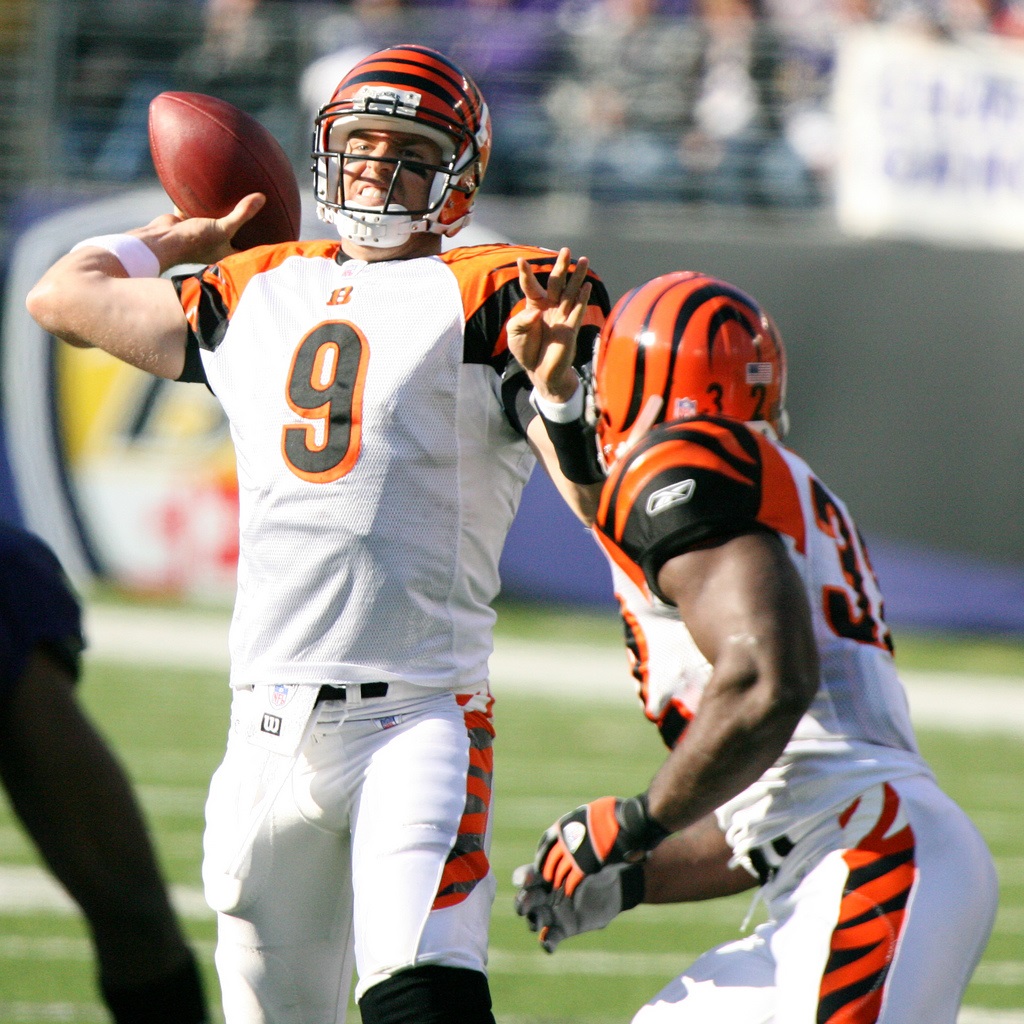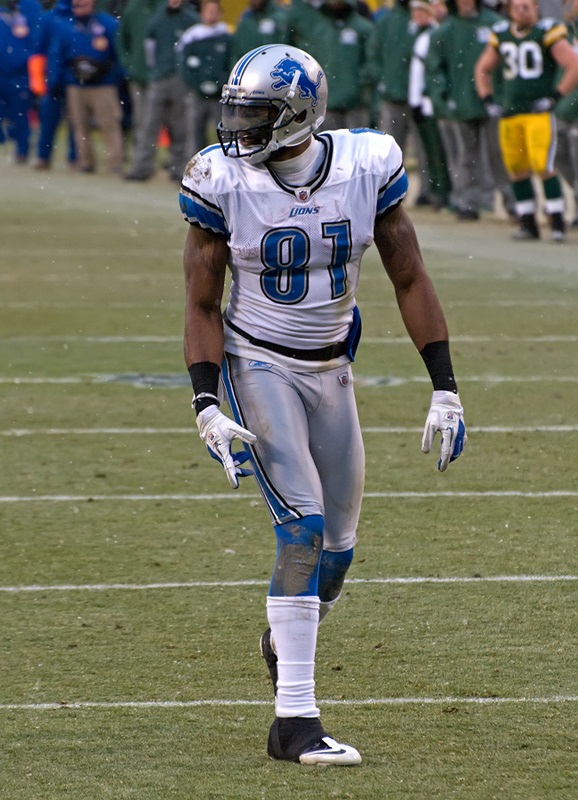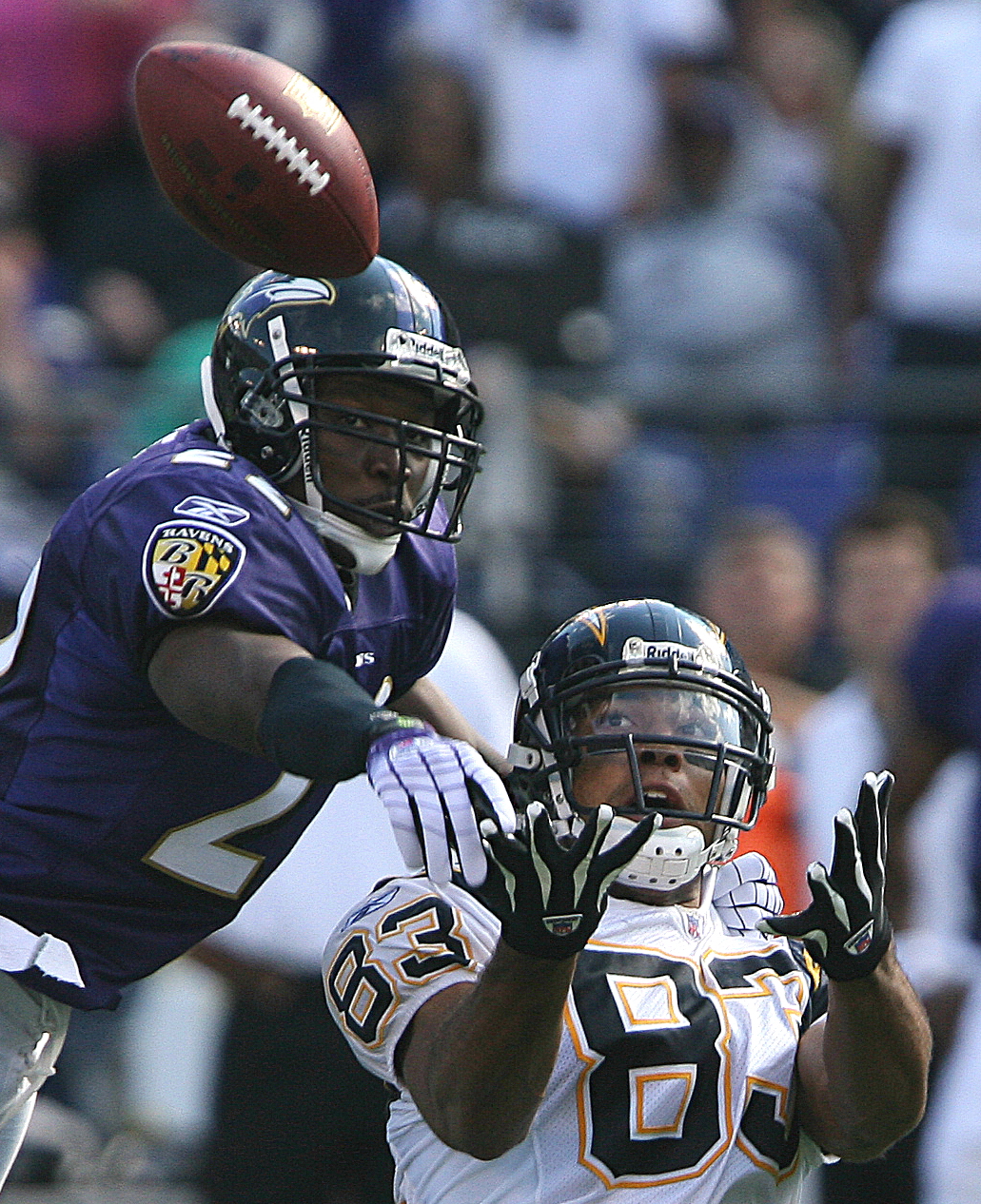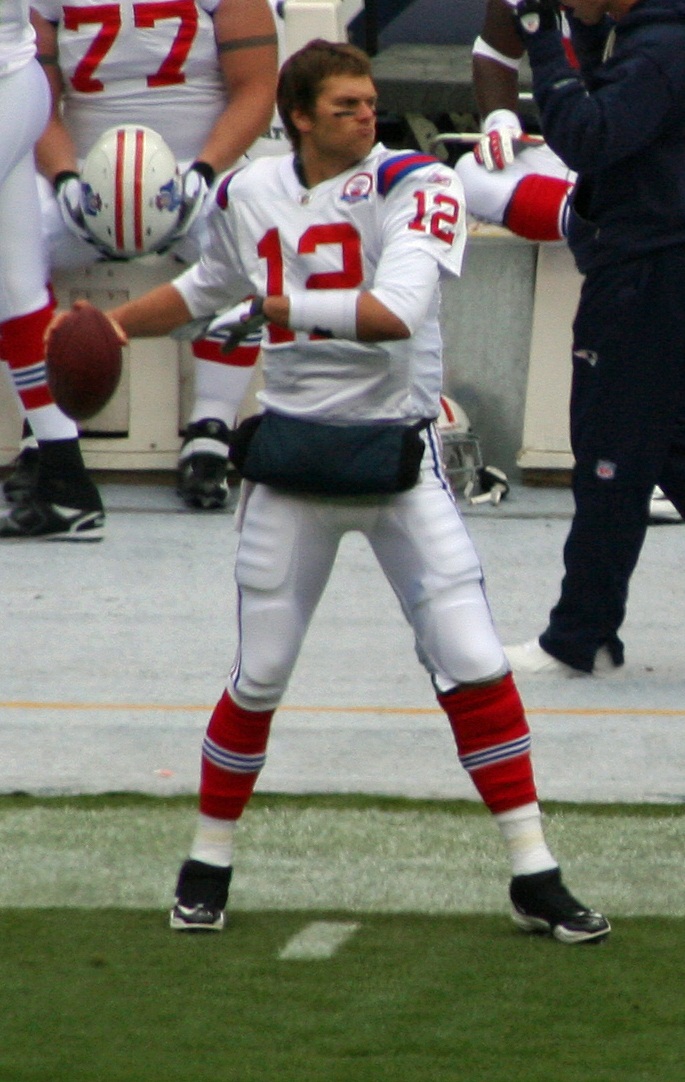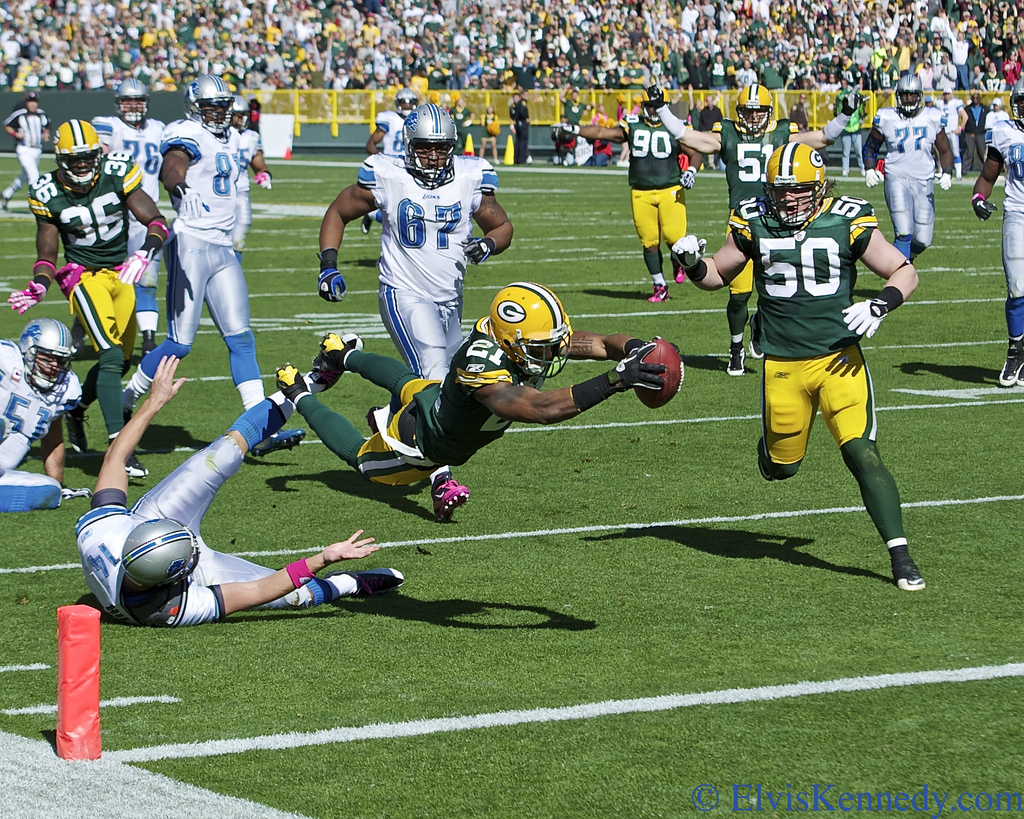
I’m taking a hiatus from dynasty rankings to reassess my philosophies about managing teams in these leagues. This week, I’m examining quarterback data through the lens of something I call career windows. I define career windows as a three-year period in a player’s career because that span of time is known as the average career length of an NFL player.
When we draft players we believe will be viable fantasy contributors, I think we have the expectation that their careers will have more than three years of starter production. Many players have careers three to five times longer than the average.
I think we assess a player’s talent and situation every year, but I like the idea of have some longer perspective about players at each position. I want to know the lay of the land:
- If and how long I can expect to get starter productivity from players at each position.
- How does a player’s draft status fit into the scope of these career windows?
- Are there any basic ideas I can draw from quarterback careers to help me create a basic philosophy for rankings and ranking adjustments in dynasty leagues?
What I hope to gain from these exercises is a set of basic ideas that help me understand when I’m going with or against the grain and to make those decisions with awareness of the dynamics at play.
Tiers Defined
First, I need to establish how I define the categories I use for the position when talking about its fantasy production. Most of you are familiar with how these terms are defined, but I still need to cover my bases. I’m using a 12-team league as the standard for these tiers.
- Elite – In my view, these are the three most productive productive quarterbacks in a given season.
- No.1 QB (or QB1) – The 12 most productive quarterbacks in a given season.
- No. 2 QB (or QB2) – The 13th through 24th quarterbacks. First-tier reserves with potential for playing time on your roster.
- Bench – The 25th through 36th quarterbacks. Depth for your roster – some developmental; others emergency only.
- FA (Free Agents) – Quarterbacks lacking talent, situation, and/or opportunity to prouduce in the present.
These tiers are general estimates. There are some years where four quarterbacks post elite-level fantasy production and others where only one makes the cut. I’m not using fantasy points to drive tiers because the point values have changed – especially at the quarterback position – in just 20 years. Chase Stuart posted a graph of this change, but using VBD as a more refined data point.
Here’s what the 20-year change looks like through the lens of quarterback tiers (Read the rest at Footballguys.com)


































